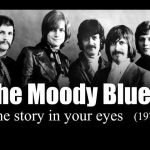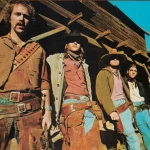Stones vs. Beatles: Rock Giants 🎸👑
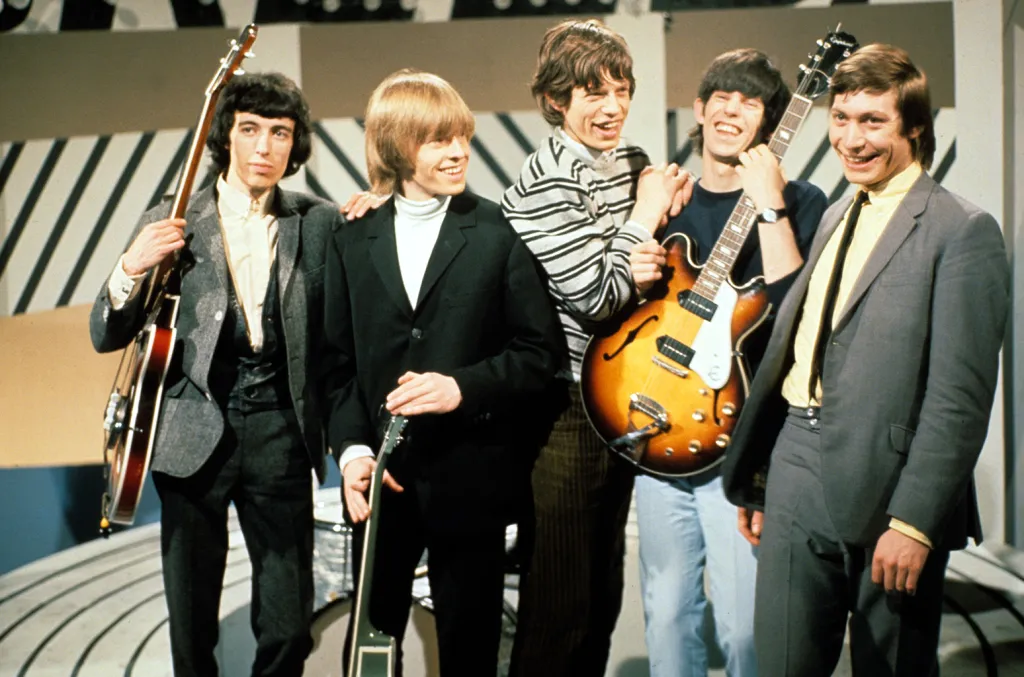
The debate between The Beatles and The Rolling Stones is one of rock and roll’s most enduring and fascinating. More than just two bands, they represent two distinct philosophies of popular music that emerged from the same vibrant British scene of the 1960s. While both achieved unparalleled global fame and left colossal marks on music history, their approaches, images, and legacies carved unique paths that continue to captivate fans decades later.
The Beatles: Liverpool’s Pop Innovators and Cultural Architects 🇬🇧✨
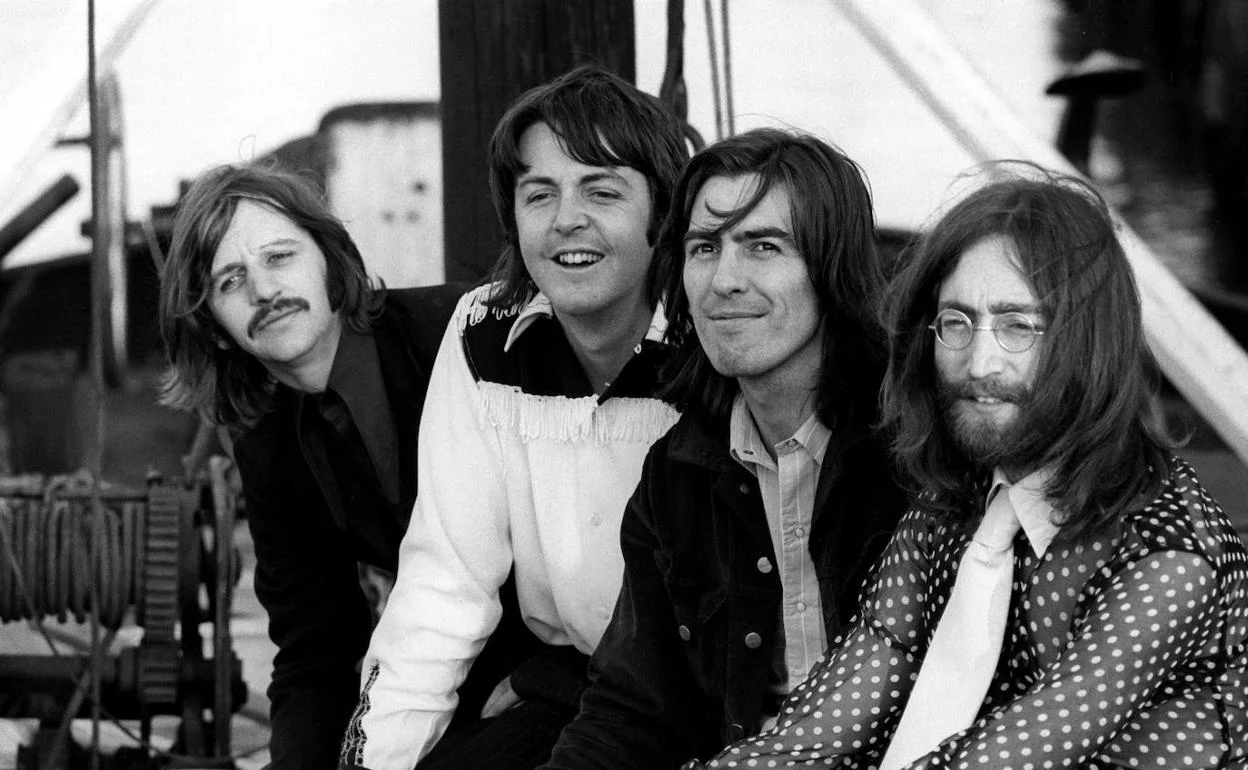
Hailing from Liverpool, John Lennon, Paul McCartney, George Harrison, and Ringo Starr burst onto the scene as clean-cut, charismatic figures who quickly revolutionized pop music. Their genius lay in their unparalleled melodic sensibility, intricate vocal harmonies, and groundbreaking studio wizardry. From the simple, infectious charm of early hits like “She Loves You” to the psychedelic soundscapes of Sgt. Pepper’s Lonely Hearts Club Band and the intricate arrangements of Abbey Road, The Beatles continuously pushed artistic boundaries. They were not just musicians; they were cultural trendsetters, leading the ’60s British Invasion with their fashion, wit, and evolving musical expressions. Their incredibly short yet prolific run (1960-1970) produced a staggering catalog of classics and achieved immense global sales, fundamentally changing the way popular music was conceived, recorded, and consumed. They proved that pop could be art, influencing generations of songwriters and producers.
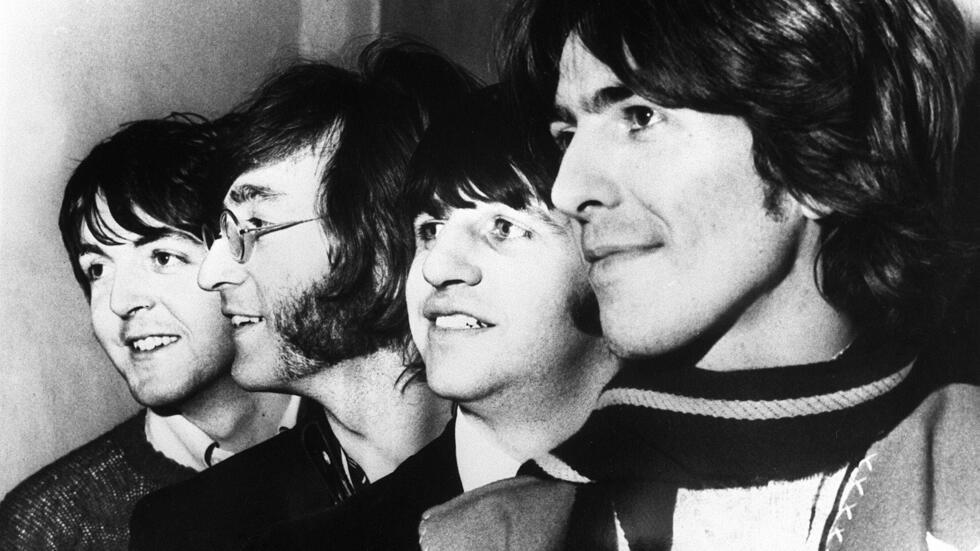
The Rolling Stones: London’s Blues-Rock Rebels and Enduring Icons 🇬🇧🔥

Emerging from London, Mick Jagger, Keith Richards, Brian Jones (and later Ronnie Wood), Charlie Watts, and Bill Wyman presented a stark contrast to the Fab Four. They cultivated a grittier, raw sound, deeply rooted in American blues and R&B. While The Beatles sought harmony and innovation in the studio, The Stones embraced a more visceral, unpolished energy. They deliberately adopted a “bad boy” image – swaggering, rebellious, and perpetually outsiders – which resonated powerfully with a youth culture seeking an edge. This image, coupled with their relentless touring and an unwavering commitment to their blues-infused rock, contributed to their unparalleled six-decade longevity. From the driving riffs of “Gimme Shelter” to the swagger of “Start Me Up,” The Rolling Stones have consistently delivered timeless rock anthems, proving that rock and roll can remain vibrant and relevant across generations without sacrificing its primal energy.

Two Paths, One Monumental Legacy 🌟🤝
Ultimately, The Beatles and The Rolling Stones, despite their differences, stand as twin pillars of modern music. The Beatles showcased pop’s intellectual and artistic potential, demonstrating rapid evolution and a mastery of the studio. The Rolling Stones championed rock’s raw, rebellious spirit, proving its enduring power and ability to sustain a career across eras. One was the innovative shapeshifter, the other the consistent powerhouse. Both are unforgettable, leaving unique, colossal marks on music that continue to inspire, provoke, and entertain. Their legacies are not in competition, but rather complementary, painting a comprehensive picture of rock and roll’s diverse and revolutionary heart.

